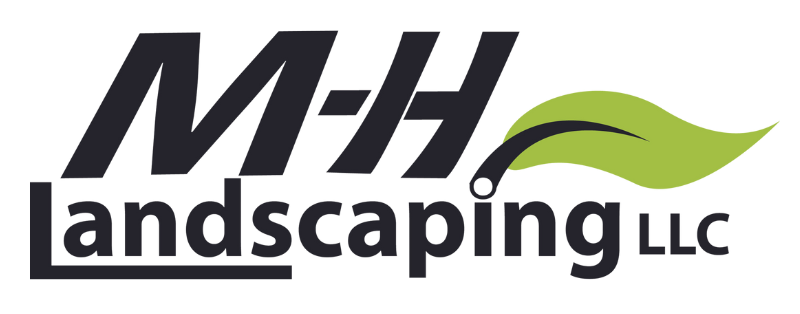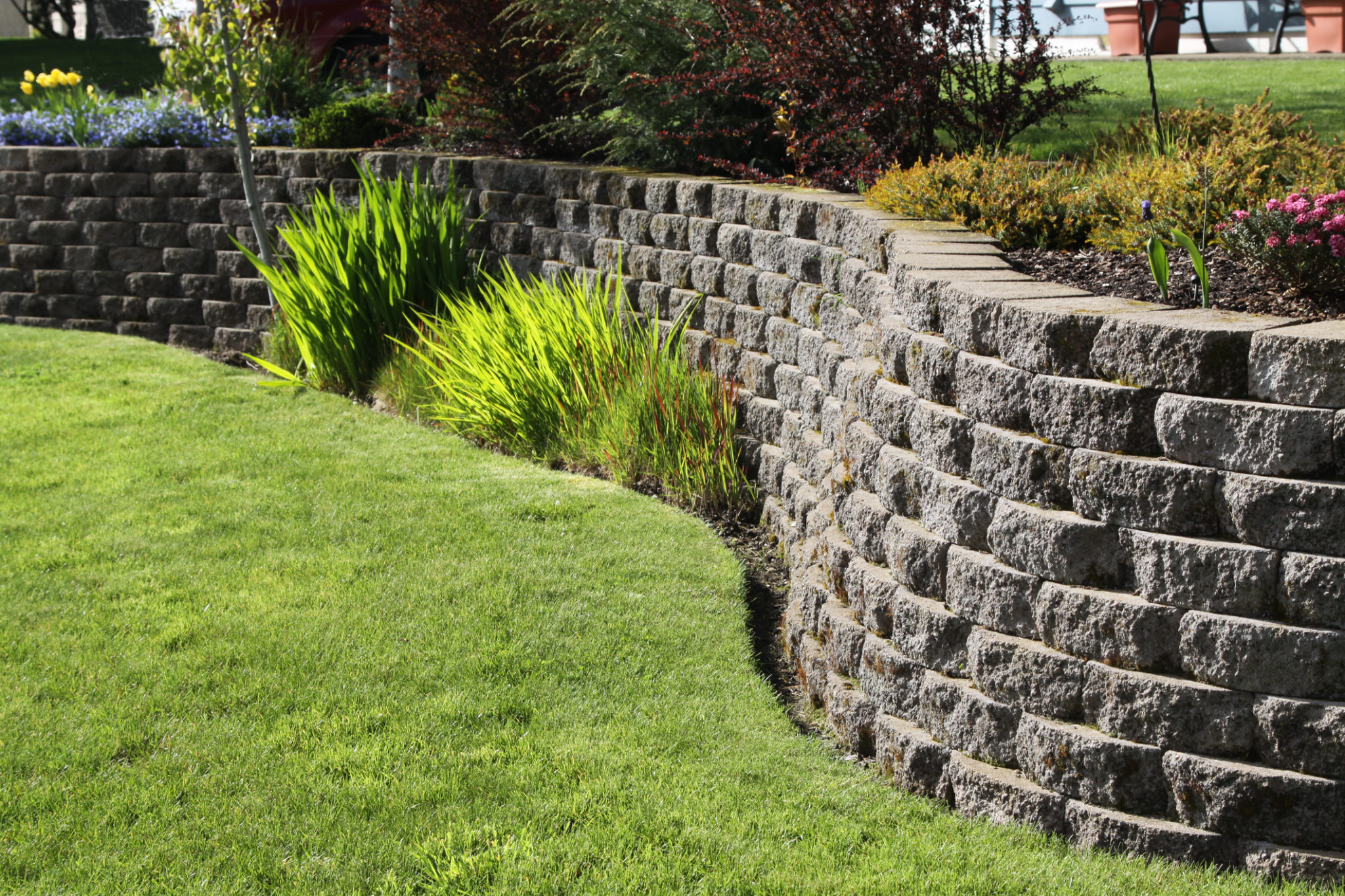Retaining walls bring many benefits, such as directing water runoff, creating additional usable space, and minimizing erosion. This makes them an excellent solution for many properties. Learn more about how retaining walls work and where they are best suited to know if your property could benefit from retaining wall installation.
What Are the Benefits of Retaining Wall Installation?
Retaining walls are attractive additions that add beauty and value to your landscape. They can help increase usable outdoor space by creating terraces on sloped properties. They are also ideal for enclosing raised gardens and patios.
In addition to enhancing your home’s appearance, retaining walls offer several practical benefits. For example, when installed on homes on sloped properties, they can help stabilize soil, reduce erosion, and control excess water flows. At M H Landscaping LLC, we offer complete landscape services, including retaining wall installation to help make your outdoor areas more attractive and functional.
Where Is the Best Place for a Retaining Wall?
Sloped properties are the most likely to benefit from having a retaining wall installed. This is largely due to the structural advantages they provide. However, virtually any landscape can accommodate walls when they are incorporated into raised gardens and patios.
Homes that are located at the top of a hill can gain extra usable space by using retaining walls to create terraces. This also reduces erosion and helps stabilize the soil. Conversely, homes located at the lower portion of hills may benefit from a retaining wall’s ability to redirect water. This can help deflect runoff away from the foundation and reduce the risk of structural damage associated with poor drainage.
What Are Retaining Walls Made From?
When you work with a professional retaining wall company, you can choose from several popular building materials, including:
Natural stone: One of the most attractive and durable materials for retaining walls, natural stone can be used in virtually any environment. It is most commonly found in smaller walls and, if built to an appropriate height, can also serve as seating.
Concrete: This is perhaps the most durable type of building material used in retaining wall installation. Poured concrete forms a strong monolithic structure that stops erosion and helps redirect water. Additional drainage solutions can be incorporated in flood-prone areas to maximize its effectiveness.
Retaining wall blocks: Formed wall blocks offer an attractive, durable, and affordable option for retaining walls. They come in various colors and sizes, so you can customize your project to match the rest of your landscape. Additionally, their interlocking design facilitates installation and improves the finished wall’s integrity.
Timber: Wooden retaining wall construction is simple and affordable. Additionally, timbers can be finished with your chosen stain or paint. However, wood is susceptible to insect and water damage, so it may not be a good choice if your wall is intended to divert runoff.
Professional Retaining Wall Installation
M H Landscaping LLC offers professional retaining landscaping solutions in southeastern Wisconsin. We can work with you to design a retaining wall installation that helps control runoff, stabilize soil, and increases your usable outdoor space. Contact us to learn more and schedule a free estimate on a new retaining wall.

